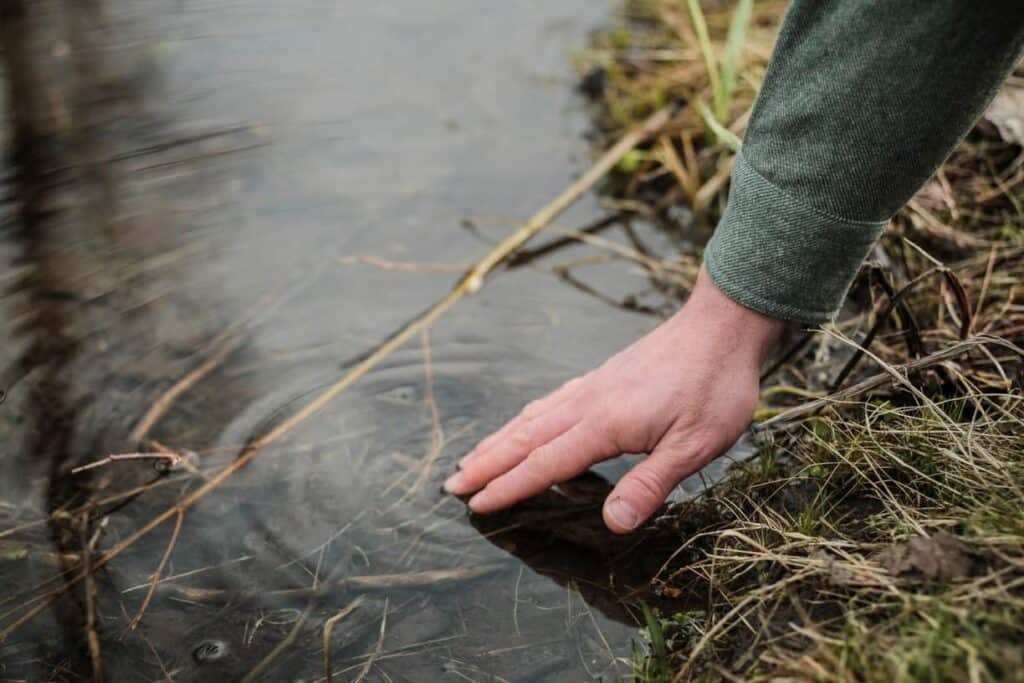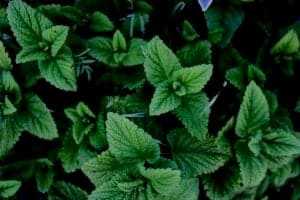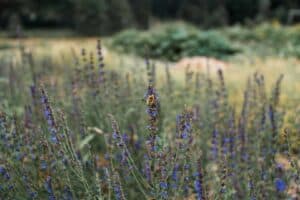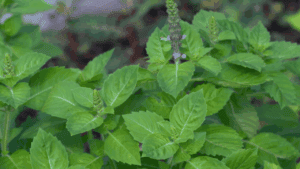Your liver is responsible for metabolizing every waste product that your body produces, as well as everything you put into your body, good and bad. In this way, the liver is central to the health of the entire body, for it is a nutrient storehouse and makes sure everything stays pure and clean. When its functioning becomes affiliated, it can lead to a number of health concerns, both on the physical level and the psychological emotional levels. One of the most prevalent and disabling ones is headaches. By supporting your liver, you can resolve the very source that causes headaches and find long-term relief.
In today’s blog post, you’ll learn:
- The liver’s function in the body
- Two tissue states the liver is prone to
- The connection between a stagnated liver and “liver heat rising”
- Herbal categories to use to balance these tissue states
- Specific herbs for liver heat
- Dietary recommendations for a healthy liver
- Emotional correspondences of the liver
Table of Contents
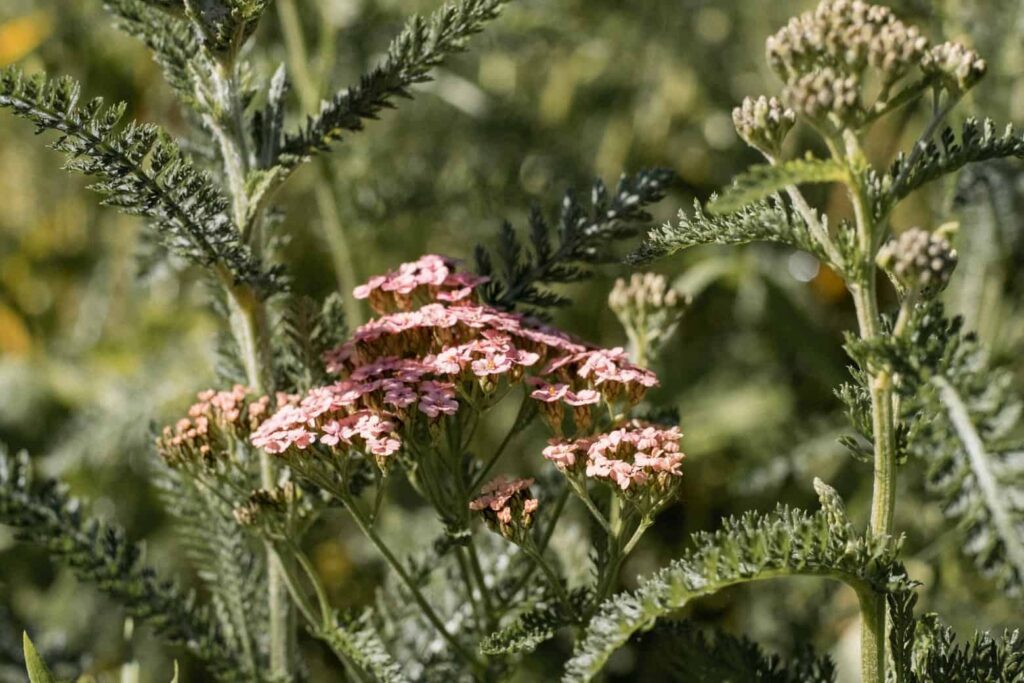
The liver. It’s responsible for processing every morsel of food you eat and metabolizing every waste product your body produces. As toxins in the world increase, it’s more important than ever that you know how to support it.
Liver disharmony is responsible for many common symptoms, such as moodiness, depression, anger, fatigue, and PMS, to name a few. However, the most commonly experienced symptom that plague people daily is headaches.
Headaches can range from a mild ache to debilitating pain that leaves you seeking shelter in bed with the lights off. Although you can use Advil and other NSAIDs to temporarily block the pain, their relief is only temporary. Unfortunately, the side effects they can lead to, such as compromised gastrointestinal health, can leave you with a whole new slew of painful symptoms to navigate.
Instead of putting out fires each time your head begins to ache, you can look at the source of this condition. By understanding the tissue states that lead to liver disharmony, and ultimately headaches, you can take herbs that restore it to health and make headaches a thing of the past.
Liver Tissue States
Heat/excitation and damp/stagnation are the tissues states the liver is most susceptible to. Heat/excitation indicates that there is hyperactivity in the tissues and it typically features symptoms like inflammation, irritation, and sensations of pain and heat. Cooling bitters are indicated for this tissue state since they lower inflammation, alleviate pain, and reduce the activity to a normal pace. Damp/stagnation corresponds to the moisture level of a body and occurs when metabolic waste products congest a tissue or organ. Over time, this leads to toxicity and disease. Drying and alterative herbs are used to dry excess moisture and eliminate accumulated metabolic waste products and fluids.
Heat/excitation
The first liver tissue state is heat/excitation, which can result when you regularly eat rich foods, as well as having a liver disease like hepatitis. Frequent snacking and eating means that your digestive system is always “on,” breaking down food, transporting the nutrients across the gut wall, portal vein and the liver. If you overeat (especially rich foods), your liver needs to work longer and harder to process and eliminate metabolic waste products. Over time, it becomes taxed and enters a state of hyperactivity to keep up. As this occurs, its demand for fresh oxygenated blood increases, and your hepatic artery dilates as a vital response to meet this need. While fine in the short-term, over time, the increased blood flow to the liver can heat it up and lead to a “hot liver.”
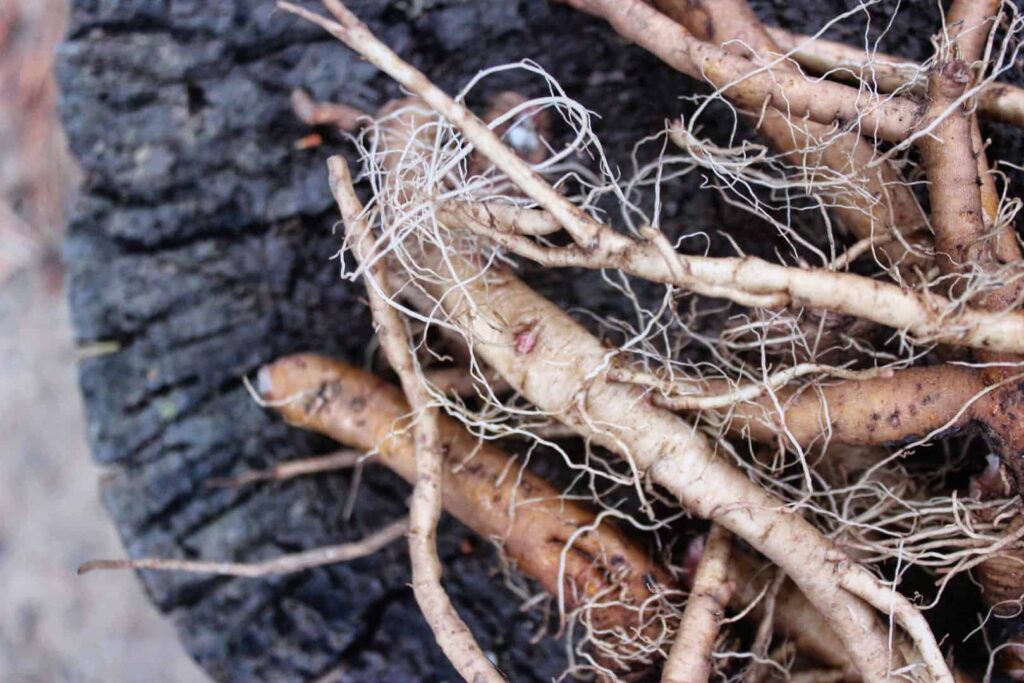
The liver is a very metabolically active organ, and with this extra burden and blood flow, it can enter a state of overdrive and hyperactivity. Additionally, the widening of the hepatic artery and circulation to the core causes the blood to flow to the liver and away from the periphery, resulting in parasympathetic brain fog. As the blood flows to the center, it leads to a hot core and a cold exterior. This is where you will see symptoms like cold hands and feet, dull headaches, and pale skin despite a hot center.
To remedy this, you can use circulatory agents that redistribute the blood and equalize circulation by moving the blood out from the core and into the periphery. A classic remedy for this is Cayenne (Capsicum annuum), which North American doctors used to equalize circulation. If Cayenne (Capsicum annuum) is too hot for you, Ginger (Zingiber officinale) is a less pungent alternative. While these herbs may seem counterintuitive since they’re warming herbs, they may help in some cases by helping to redistribute the flow of blood throughout the system.
The second category of herbs you would use are bitter herbs, like Dandelion root (Taraxacum officinale), Artichoke (Cynara scolymus), Oregon Grape (Mahonia aquifolium), and Blessed thistle (Cnicus benedictus). But it’s important to note that using mild bitters is best here, as most bitters will stimulate liver activity and function, as with this tissue state it’s already overstimulated. The main bitter remedy I would consider is Yarrow (Achillea millefolium) as it has a distinct inflammation modulating action. If the liver is inflamed for too long it will start to break down and show heightened enzyme levels on bloodwork. In this case, trophorestoratives like Milk Thistle (SIlybum marianum) and Schisandra (Schisandra chinensis) are indicated.
Lastly, there is a pattern in Chinese medicine known as “liver fire rising.” Heat has to go somewhere, and when the liver has all this trapped heat in there for too long it needs to “vent” itself somehow. This venting of the liver results in a surging upwards force of heat that rises up into the upper portion of the body. The face flushes red, the head starts to pound, the neck gets tense, and there’s often a strong emotional release in the form of anger, frustration, and irritability. For this specific pattern of liver heat, you can use “liver relaxants” can help to relieve the tension that can accompany a hot liver, as well as helping resolve the liver fire rising pattern. A few good remedies here are Peony root (Paonia spp.), Lavender (Lavandula angustifilia), and Blue Vervain (Verbena hastata).
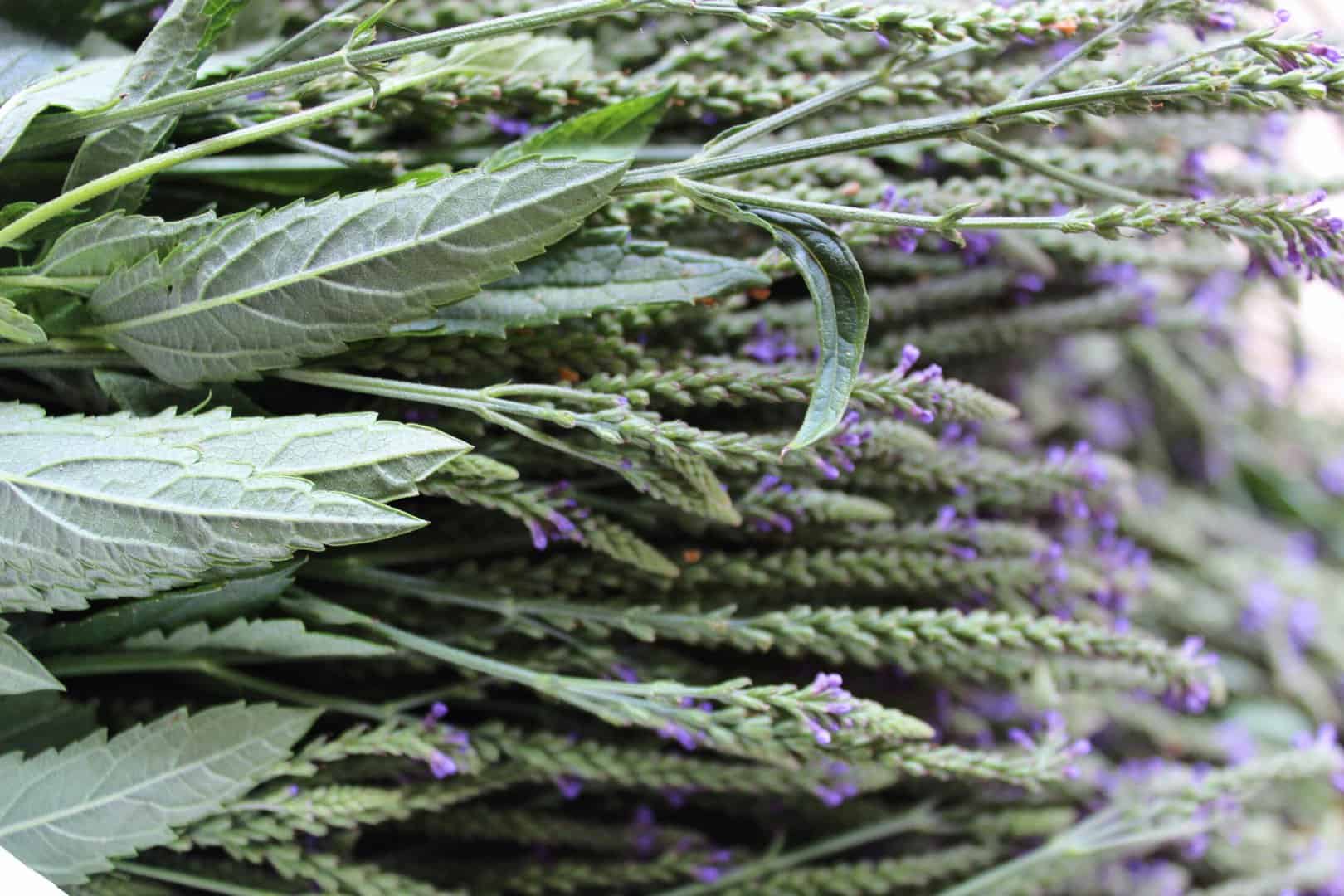
Damp/stagnation
The second liver tissue state is damp/stagnation, which occurs when the liver does not receive enough fresh oxygenated blood. When this happens, the liver becomes backed up with metabolic waste products and stagnates. As you continue to consume rich foods, it congests further, and the damp/stagnation pattern develops. As the waste products build up in the liver, inflammation and heat occur in an attempt to move the toxins out. This too can result in “liver fire rising” and symptoms like a red face, flushed skin, headaches, irritability, frustration, anger, and emotional outbursts.
Remedies that balance this tissue state are bitter, cooling, and drying herbs that dry the dampness from the liver, draw the energy down from liver heat rising, and assist in the detoxification process, thereby decreasing liver heat and assisting in processing toxins. The same bitter herbs mentioned previously can be used here, with Oregon Grape (Mahonia aquifolium) being especially cooling and drying.
This pattern is basically the liver being unable to keep up with the demand placed on it. Bitter, damp draining alteratives facilitate the liver in performing its metabolic and detoxifying functions. This is where the stronger bitters can be used, as we don’t often have to worry about overstimulating the liver when it’s in an overly damp stagnant state.
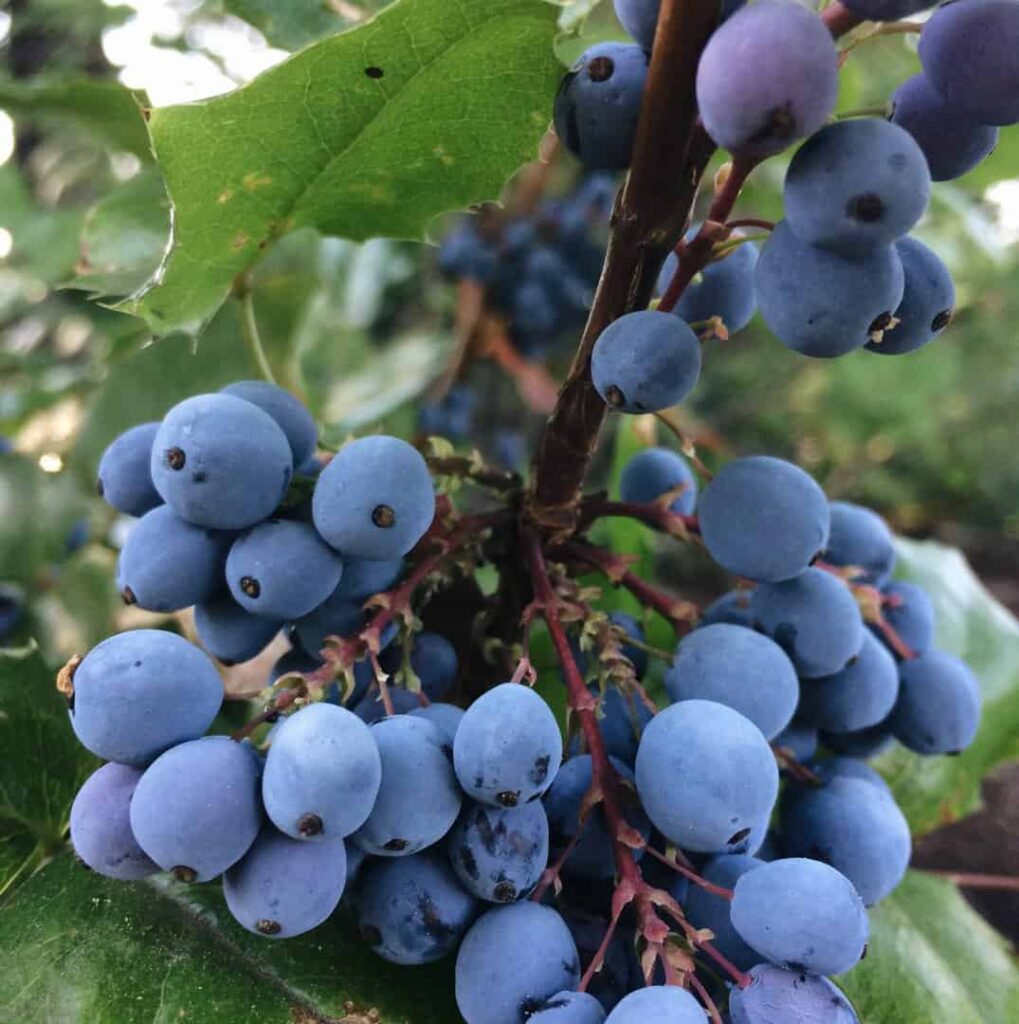
Dietary Recommendations
This blog post would not be complete without a word on diet. Diet is a personal and polarizing topic. Just put a vegan and a paleo in a room, and you will see how true this statement is. That said, some foods inherently congest the liver more than others, and it’s important to be aware of this if you want a healthy liver. Chinese medicine provides excellent guidelines that can help you eat in a way that supports your liver.
In Chinese medicine, Liver qi stagnation occurs when the energy or qi of the liver system does not flow easily or as freely as it should. Liver qi can become blocked or slowed down as a result of stress and anxiety as well as dietary intake and practices. In the physiomedicalist tissue state model, Liver qi stagnation can express itself as heat/excitation or damp/stagnation and progress into liver heat rising. Dietary recommendations are similar for both, as the primary focus is on eating foods that promote liver harmony and do not overwhelm or tax it.
Oily, fatty, and greasy foods, like deep-fried foods, should be avoided, as well as processed and heavy meats, especially red meat. Dairy, eggs, margarine, lard, nuts in copious amounts, refined sugars, and processed pastries also lead to liver qi stagnation. Lastly, while it may seem counterintuitive, excessively cold or refrigerated foods like ice cream, beer, raw salads, juices, and white wine stress the liver and leave you prone to hyperactivity and ultimately heat/excitation or damp/stagnation.
Chinese medicine recommends a diet of grains, vegetables, legumes, and complex carbohydrates, and keeping high quality protein intake to 10% to support liver harmony. Some examples are mung beans, lentils, and rice. Cooked vegetables are preferable over raw, and incorporating mildly pungent ones like onion, garlic, and radish assists in the digestion of heavy fats. Sour fruits in moderation are indicated, and a daily teaspoon of apple cider vinegar is recommended as well.
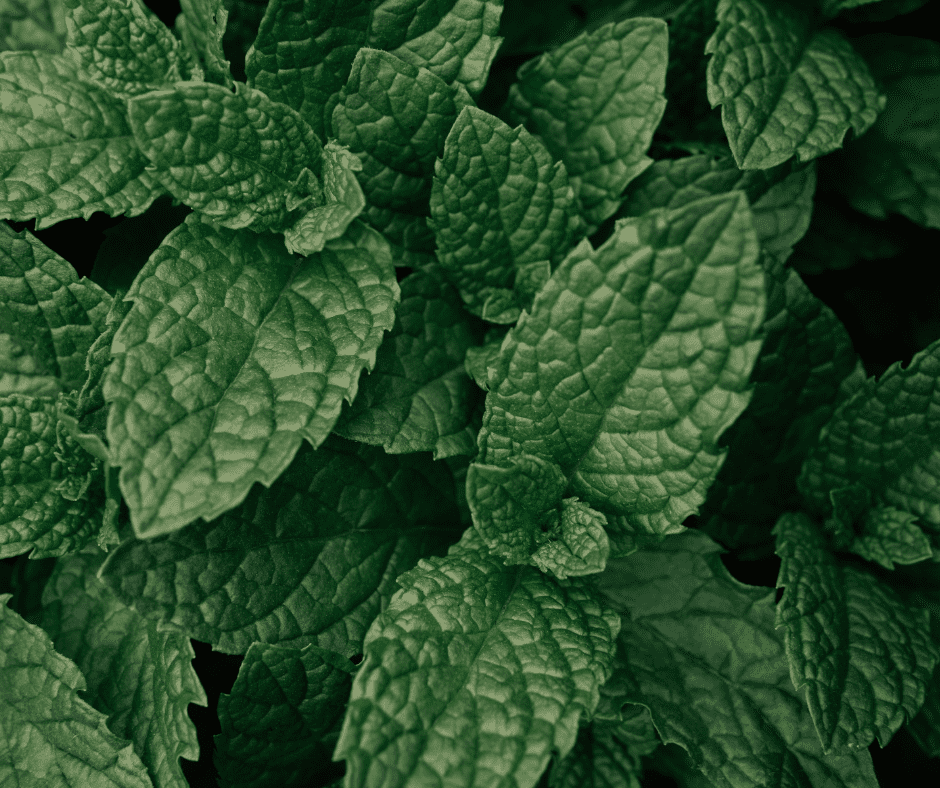
Although you might want to reach for pungent foods and remedies, consuming these and stimulating drinks, like coffee, can make liver qi stagnation worse and progress into liver fire. Therefore, it’s best to consume these foods and drinks in moderation and instead aim for herbal beverages high in aromatic oils, like Fennel (Foeniculum vulgare) and Peppermint (Mentha X piperita), to clear your liver of stagnation and help it run its processes smoothly. Drinking a daily tea like this pairs well with bitter remedies like Milk Thistle (Silybum marianum), and Dandelion root (Taraxacum officinale).
Some final principles from Chinese medicine include eating less at each meal, eating main meals earlier in the day, and avoiding late-night meals. It is recommended that you eat in a calm state and in a relaxing environment, and it goes without saying that you should avoid alcohol intake when following a liver support protocol*.
Finally, intermittent fasting is one of the best dietary protocols to help restore an overburdened liver that’s working all the time. This essentially means that food is only ingested in a specific window of time, the rest of the day only water is taken. Some do a 12:12 pattern (12 hours fasting, 12 hours fed), 16:8 (16 hours fasting, 8 hours fed), etc. The point of this is that during the fasting stage, the liver is able to rest and the metabolism shifts to consuming stored energy resources in the liver to burn for fuel- most of which are fats.
Emotional Harmony and Your Liver
The liver does a lot, and when it struggles to keep up, it will make itself known with moodiness and painful symptoms like headaches. Although you can use herbs alone to rejuvenate and harmonize your liver, it is important to remember that diet plays a huge role in supporting a healthy liver. That said, although diet is a common culprit for liver imbalance, it is not the only thing that can put it to the test.
Liver health can be disrupted by emotional stress, anxiety, and stuck or pent-up emotions. In this way, it can be understood as not only the organ that filters out and processes physical toxins, but emotional ones too. Incorporating practices into your life that help you let go of emotions go a long way towards reducing headaches and a healthy liver. Tai Chi, Qi Gong, swimming, meditating, kickboxing, therapy, and whatever else helps you let go of emotions in the body all do the job. The key emotional correspondence to the liver is the more fiery ones, such as anger, frustration and irritability. It’s kind of a chicken and the egg question… did the emotional patterns lead to the liver issue or vice versa? It’s probably different for different people, but the connection is clear and regardless of which came first, attending to the emotional side in a healthy way is important.
The golden rule comes down to this: Eat a liver-harmonizing diet, take herbs to support it, and invest time into releasing your emotions in healthy ways. Your liver will thank you for it.
*https://www.shenspace.ca/foods-to-ease-liver-qi-stagnation-i-e-stress


